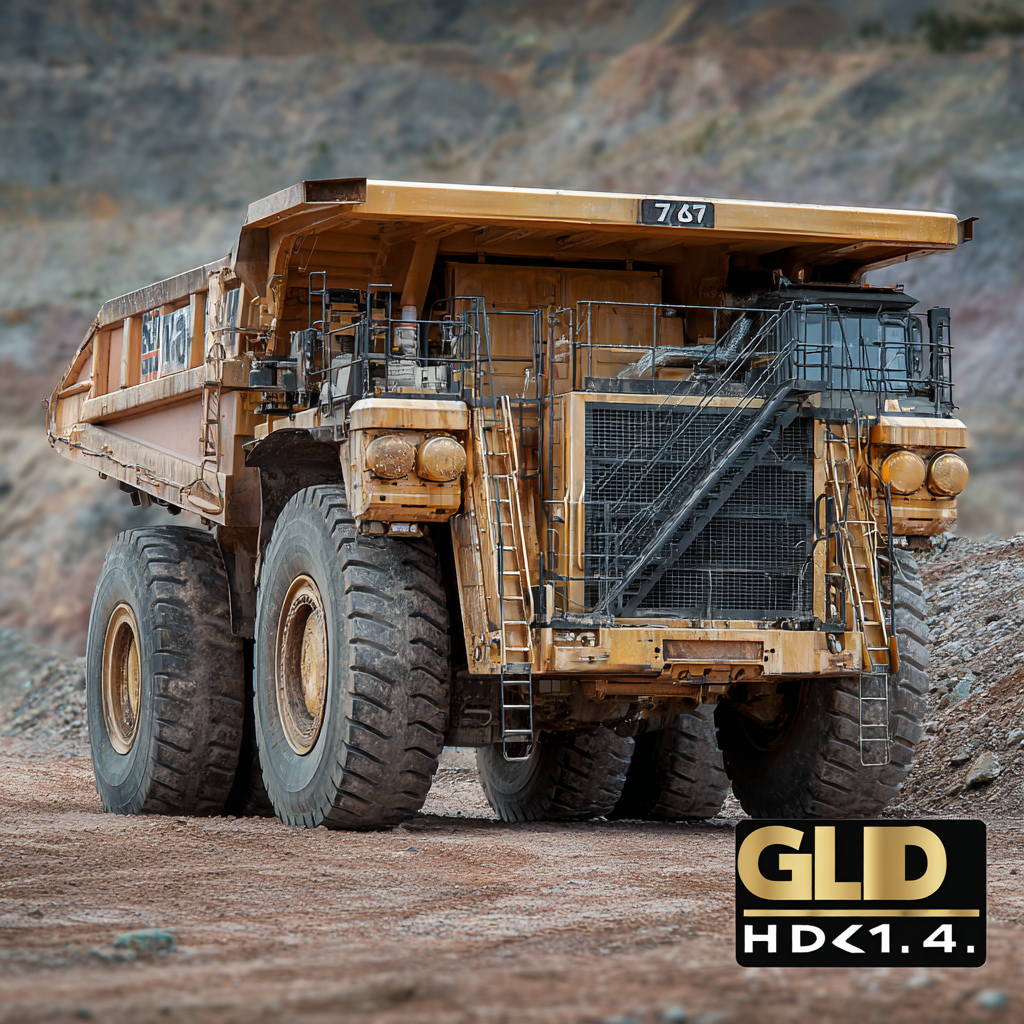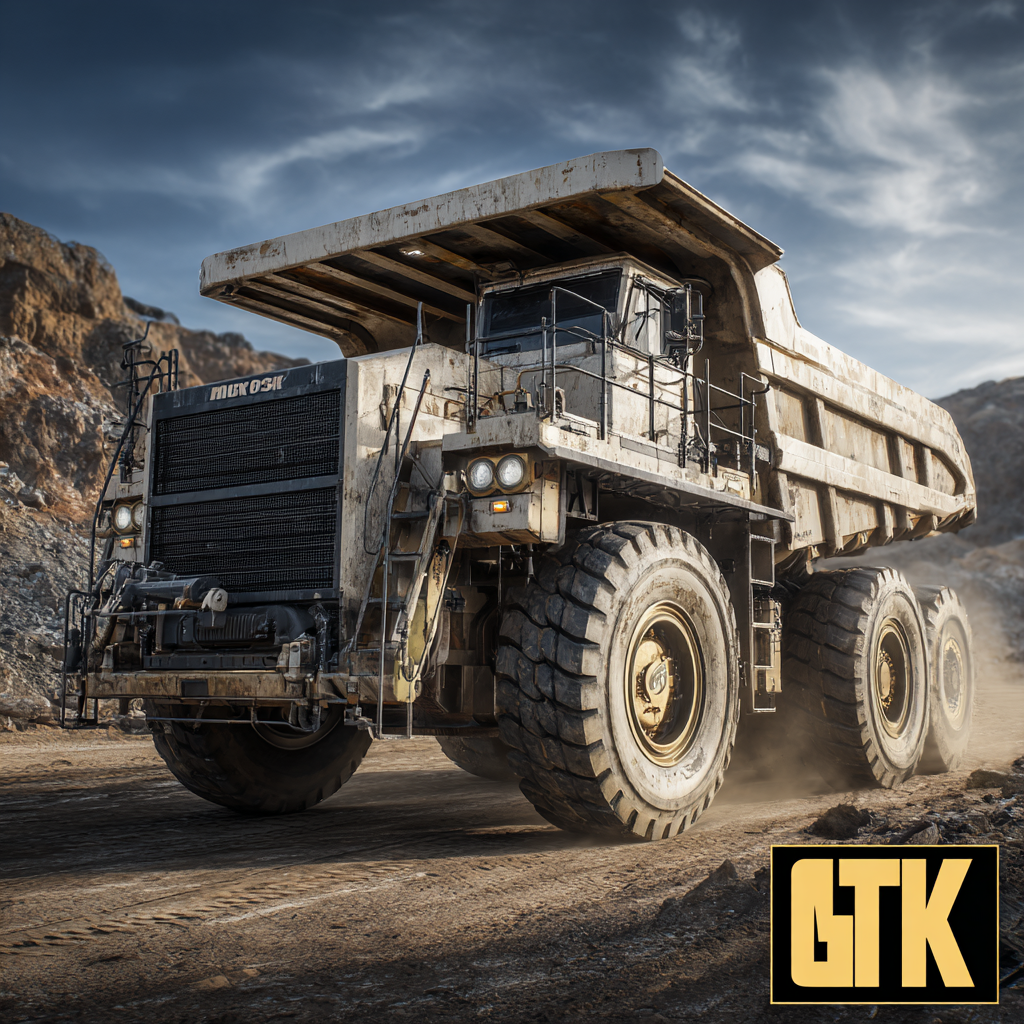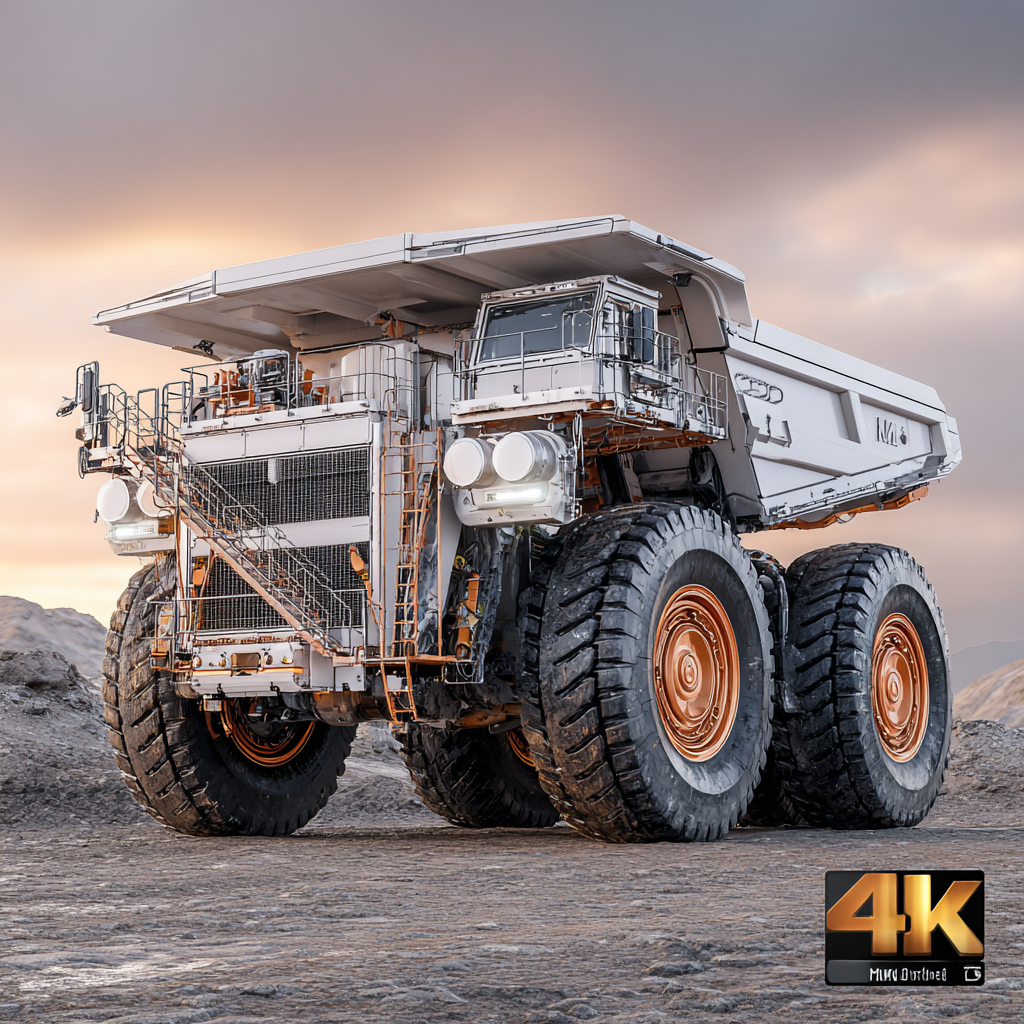In the ever-evolving landscape of the mining industry, the importance of specialized equipment like the Mining Rock Truck cannot be overstated. These robust vehicles play a crucial role in the efficient transport of materials in various mining operations. According to a recent report by Research and Markets, the global mining truck market is projected to reach $7.3 billion by 2026, growing at a CAGR of 5.6%. Each type of Mining Rock Truck is designed with unique features to cater to different operational needs and environments, whether it’s for large-scale extraction sites or smaller, specialized projects. Understanding the distinct characteristics and applications of various Mining Rock Truck models allows companies to enhance productivity and optimize their operations while navigating the competitive international market.

When it comes to the mining industry, the performance of mining rock trucks can significantly impact productivity and efficiency. In the global market, several manufacturers have distinguished themselves by producing high-quality mining rock trucks that cater to varying needs across different terrains and operational demands. Among the leading contenders are brands that emphasize durability, fuel efficiency, and advanced technology integrated into their designs. These trucks are engineered to handle heavy loads, navigate rough terrains, and minimize operational downtime, ensuring that mining operations can run smoothly.
A comprehensive comparison of these top mining rock trucks reveals notable differences in specifications, capacities, and technological features. For instance, some models prioritize a higher payload with robust chassis designs, allowing them to transport more material with each trip. Others may offer innovative technology such as GPS tracking and telematics systems, enhancing operational oversight and efficiency. As companies seek to optimize their fleets, understanding these key differences becomes crucial in making informed purchasing decisions tailored to their unique operational contexts. As the industry evolves, continuous advancements will further shape the competitive landscape of mining rock trucks, pushing manufacturers to innovate and set new benchmarks in performance and reliability.

When evaluating the best mining rock trucks for international markets, two critical performance metrics stand out: payload capacity and fuel efficiency. According to a recent industry report, the ideal payload capacity for large mining trucks ranges from 100 to 400 tons. Notably, trucks like the Caterpillar 797 have a payload capacity of around 400 tons, making them well-suited for heavy-duty applications. Maximizing payload capacity not only enhances productivity but also minimizes the number of trips required, ultimately leading to increased operational efficiency.
Fuel efficiency is another key performance metric that impacts operational costs significantly. Recent studies indicate that fuel-efficient mining trucks can achieve approximately 5% to 10% better fuel economy than traditional models. This improvement translates into substantial savings, given that fuel costs can represent up to 30% of total operating expenses. For instance, trucks designed with advanced aerodynamics and lightweight materials can enhance fuel efficiency while maintaining robust performance.
Tips: To enhance fuel efficiency, operators should regularly perform maintenance checks to ensure optimal engine performance. Additionally, adopting a smart driving strategy, such as gradual acceleration and minimizing idling time, can significantly reduce fuel consumption while increasing productivity.

The mining truck market is witnessing robust growth, driven by increasing mining operations and infrastructural developments globally.
According to a report by MarketsandMarkets, the global mining truck market is projected to reach USD 7.9 billion by 2025, growing at a CAGR of 4.3% from 2020. This growth is spearheaded by key players such as Caterpillar, Volvo, and Komatsu, who leverage advanced technologies and eco-friendly innovations to maintain their competitive edge.
Caterpillar, for instance, has focused on implementing autonomous hauling systems, which not only enhance operational efficiency but also significantly reduce labor costs.
Tip: When choosing a mining truck, prioritize manufacturers that incorporate the latest technology. Advanced features like telemetry systems and fuel-efficient engines can lead to lower operational costs and improved performance.
Furthermore, the competitive landscape is marked by strategic partnerships and acquisitions, which enable manufacturers to expand their market presence and enhance product offerings. A recent analysis highlighted that Volvo’s acquisition of the heavy machinery division from a rival firm has strengthened its market position, allowing it to introduce more comprehensive service packages that cater to dynamic customer needs.
This trend illustrates that investment in innovation and customer-centric strategies is essential for sustaining market share in the competitive mining truck sector.
Tip: Stay informed about industry trends and technological advancements to make informed purchasing decisions. Regularly consult industry reports and market analyses to identify emerging players and innovative products that can enhance your operational capabilities.
In the competitive landscape of mining, technological innovations play a pivotal role in enhancing the efficiency and productivity of rock trucks. Recent industry reports indicate that the global market for mining trucks is projected to grow from USD 12 billion in 2023 to USD 18 billion by 2030, driven largely by advancements in automation and electric vehicle technology. The incorporation of smart sensors and IoT capabilities has enabled real-time monitoring of vehicle performance, reducing downtime and optimizing operation costs. For instance, companies like Caterpillar and Komatsu are leading the charge with their latest models that promise not only increased payload capacities but also enhanced fuel efficiency, addressing both economic and environmental concerns.
Furthermore, a comparative review of mining rock trucks reveals that hybrid models are becoming increasingly popular, as they offer the dual benefits of reduced emissions and lower operational costs. According to a report by Research and Markets, the hybrid mining truck segment is expected to witness a CAGR of 13% over the next five years. This shift towards greener technologies is not only a response to regulatory pressures but also aligns with the industry's push for sustainability in operations. As manufacturers continue to invest in R&D, innovations such as autonomous rock trucks are on the horizon, promising to revolutionize the mining sector by improving safety and reducing the reliance on human operators.
When evaluating the return on investment (ROI) for different mining rock truck models in international markets, a comprehensive cost-benefit analysis is essential. This involves assessing not only the initial purchase costs but also the long-term operational efficiency and maintenance expenses associated with each model. In today’s competitive landscape, manufacturers must focus on aligning their investments with technological advancements that enhance productivity and reduce costs. By leveraging digital tools and data analytics, businesses can optimize their mining operations and adapt to varying market demands.
Additionally, understanding the broader implications of these investments is crucial. For instance, exploring the integration of sustainable practices in mining through more efficient machinery can yield significant economic and environmental benefits. As stakeholders increasingly prioritize sustainability, manufacturers that embrace innovative technologies will likely see enhanced ROI. This dual focus on cost efficiency and value creation will determine which mining rock truck models stand out in the global market. Such strategic evaluations pave the way for informed decision-making, ensuring that companies remain competitive while contributing positively to their respective industries.